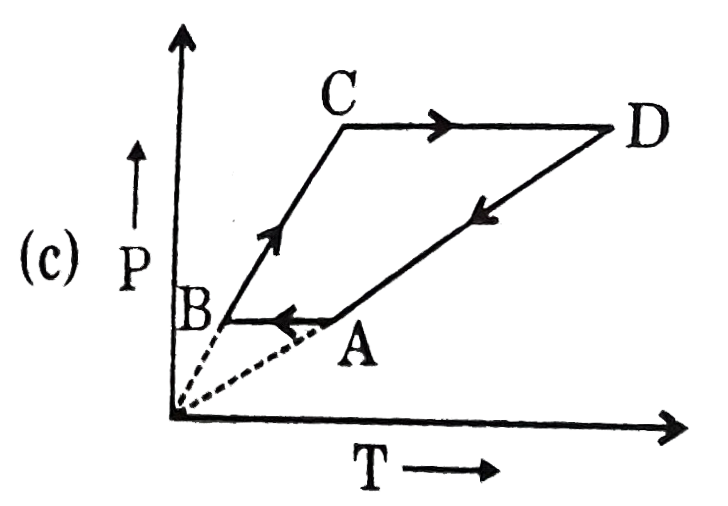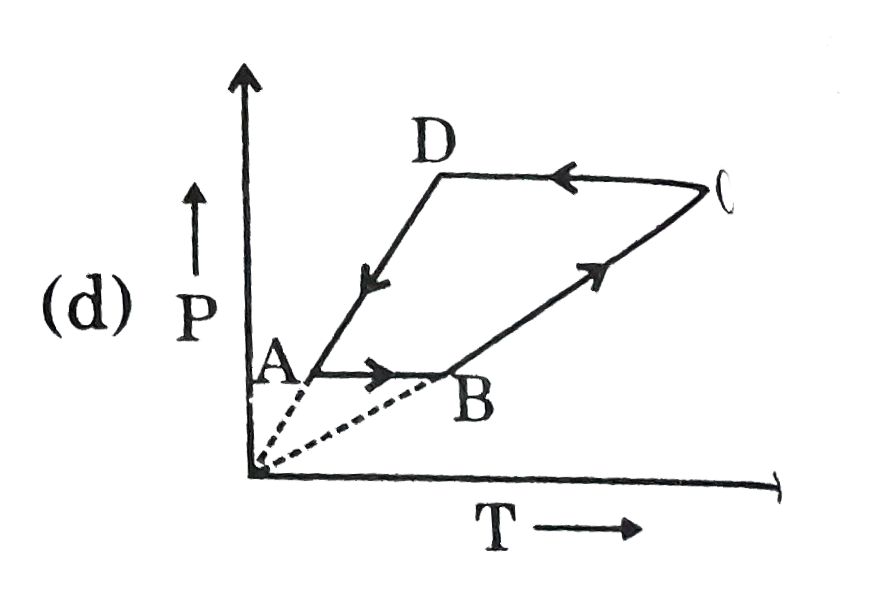vt_0_newFlow
150 K
600K
900K
1200K
The correct Answer is:D
Similar Questions
Given below are some functions of x and t to represent the displacement (transverse or longitudinal) of an elastic wave. State which of these represent (i) a travelling wave, (ii) a stationary wave or (iii) none at all?
(a) y=2cos(3x)sin(10t) (b) y=2√x−vt
(c) y=3sin(5x=−0.5t)+4cos(5x−0.5t) (d) y=cosxsint+cos2xsin2t
View SolutionA long straight cable of length l is placed symmetrically along z-axis and has radius a(<<l). The cable consists of a thin wire and a co- axial conducting tube. An alternating current I(t)=I0 sin (2πvt). Flows down the central thin wire and returns along the co-axial conducting tube. the induced electric at a distance s from the wire inside the cable is
E(s,t)=μ0I0v cos (2πvt)In(sa)ˆk.
(i) Calculate the displacement current density inside the cable.
(ii) Integrate the displacement current density across the cross- section of the cable to find the total displacement current Id.
(iii) compare the conduction current I0 with the displacement current Id0.
View Solution
Knowledge Check
A cyclic process ABCD is shown in VT diagram for an ideal gas. Which of the following diagram represents the same process ?
 A
A B
B C
C D
D
Given that: y=Asin[2πλ(vt−x)]
where y and x are measured in metres. Which of the following statements is true?AThe unit of λ is same as that of x and ABThe unit of λ is same as that of x but not of A.CThe unit of v is same as that of 2π/λDThe unit of (vt−x) is same as that of 2π/λ
You have learnt that a travelling wave in a dimension is represented by a funcation y=f(x,t) where x and t must appear in the combination x−vt or x+vt, i.e y=f(x±υt). Is the coverse true? (Examine if the following funcations for y can possibly represent a travelling wave :
(a) (x−vt)2
(b) log[(x+v)/x0]
(c) 1/(x+v)
View SolutionYou have learnt that a travelling wave in a dimension is represented by a funcation y=f(x,t) where x and t must appear in the combination x−vt or x+vt, i.e y=f(x±υt). Is the coverse true? (Examine if the following funcations for y can possibly represent a travelling wave :
(a) (x−vt)2
(b) log[(x+v)/x0]
(c) 1/(x+v)
View SolutionA wave travels out in all direction from a point source. Justify the expression y=(a0r)sink(r−vt), at a distance r from the source. Find the speed, periodicity and intensity of the wave.what are the dimensions of a0?
View SolutionA wave travels out in all direction from a point source. Justify the expression y=(a0r)sink(r−vt), at a distance r from the source. Find the speed, periodicity and intensity of the wave. What are the dimensions of a0?
View SolutionWhich of the following functions does not satisfy the differential wave equation -
(i) y=4eK(x−vt)
(ii) y=2sin(5t)cos(6πx)
View SolutionSTATEMENT -1 :The force acting on a particle moving alongx -axis is F=−α(x+vt), where α is a constant.
and
STATEMENT-2 : To anobserver moving along x-axis with constant velocity v, it represents SHM.
View Solution
